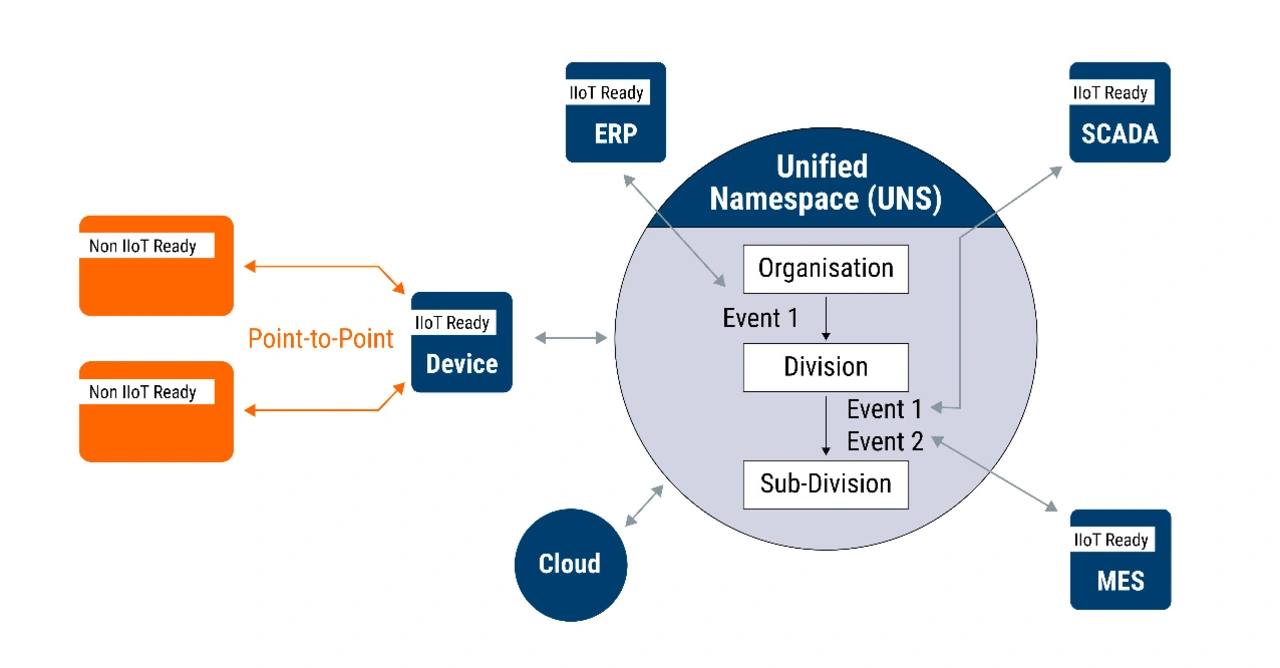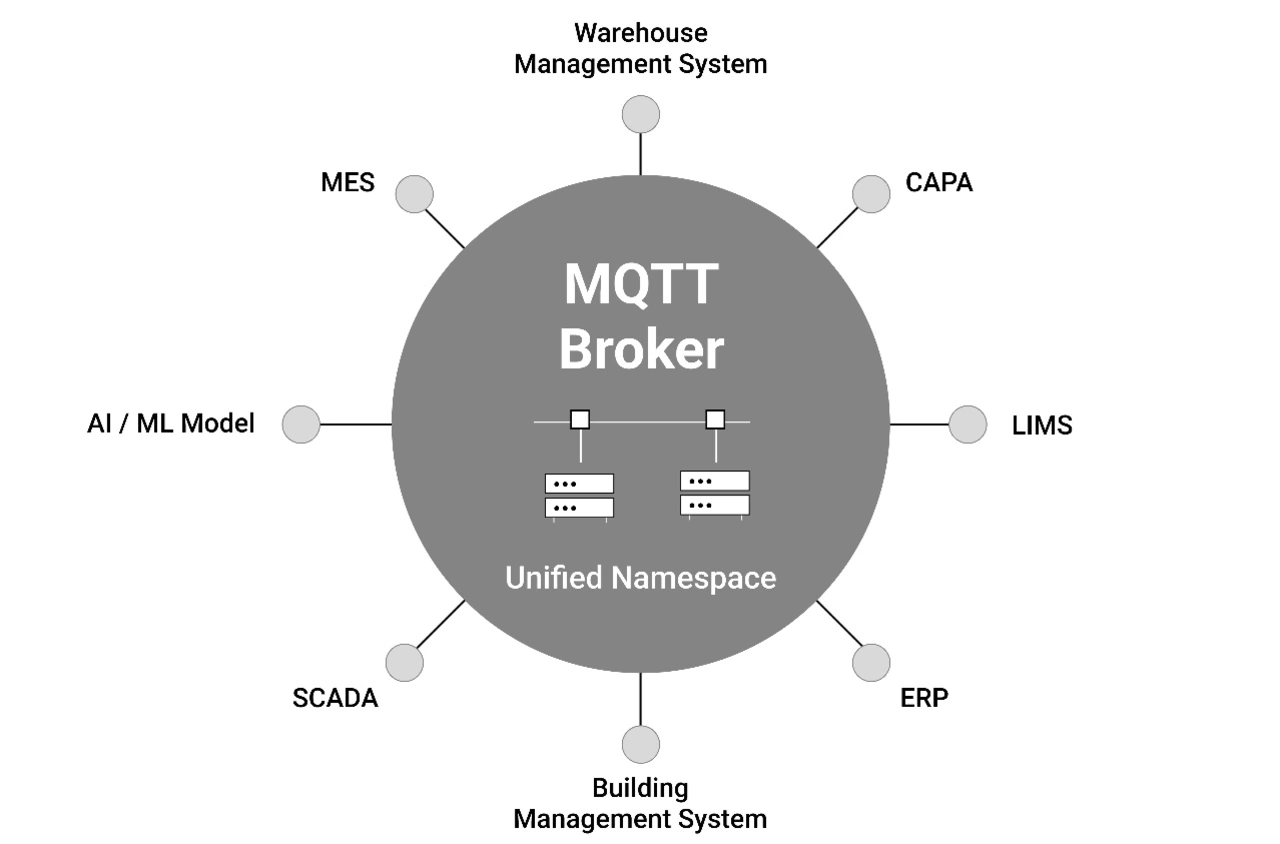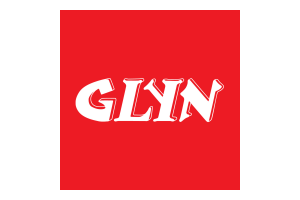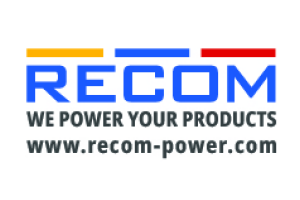With a Unified Namespace
Enhancing Efficiency, Quality, and Profitability
In today's modern manufacturing, the drive to maximize profits while increasing efficiency and quality necessitates seamless collaboration among various systems. From the shop floor to enterprise IT applications, these systems must collaborate to drive success in the era of digital transformation.
Central to this data integration is the Unified Namespace (UNS), a concept that allows manufacturers to organize information sources and consumers to mirror the enterprise's structure. This standardization ensures that any system understanding this structure can easily access or provide required information.
By centralizing information in a single hub, UNS serves as a lighthouse, ensuring universal data accessibility from a single source. This approach, as shown in Figure 1, nurtures collaboration across departments, teams, and stakeholders, thereby elevating data-driven decision-making as a cornerstone of manufacturing operations. UNS, along with MQTT Sparkplug, plays a pivotal role in driving the digital transformation of manufacturing, enhancing efficiency, quality, and profitability.

The Critical Role of Unified Namespace in Manufacturing
Manufacturing is grappling with data silos and disparate systems, hindering efficient data sharing and analysis. This lack of interoperability creates inefficiencies and hinders comprehensive insights into operations. With the advent of advanced technologies like IoT, automation, and AI, the need for a streamlined data management approach like UNS is even more apparent.
Real-time data analysis is paramount in manufacturing. UNS, fortified by MQTT Sparkplug, dismantles data silos by consolidating information from a myriad of sources into a unified, accessible data model. This transformation facilitates efficient analysis, swift optimization, and sound decision-making. It empowers manufacturers to adapt rapidly to market fluctuations and harness the full potential of their data.
An MQTT broker is the most commonly used middleware infrastructure for UNS implementation, since MQTT is also the most commonly used messaging protocol for the Internet of Things (IoT). The protocol is lightweight, event-driven, and connects devices using the publish-subscribe communication pattern.
MQTT Sparkplug is an open-source software specification that provides MQTT clients the framework to seamlessly integrate data from their applications, sensors, devices, and gateways within the MQTT infrastructure in a bi-directional and interoperable way as shown in Figure 2. Both MQTT Sparkplug and flat MQTT are equally capable of implementing UNS. However, Sparkplug has added advantages with things like auto-discovery and defined data types.

Enhancing Efficiency and Increasing Profitability with Unified Namespace
UNS offers several benefits for efficiency within manufacturing:
- Standardization: It consolidates data from diverse sources into a standardized structure, eliminating data silos and fostering seamless data exchange between business applications and production-floor systems.
- Scalability: UNS simplifies the integration of new equipment, systems, and technologies into existing infrastructure, facilitating continuous process optimization without disruptions.
- Real-time Analytics: Integration and streamlined communication enable real-time monitoring and analysis, helping manufacturers identify bottlenecks and inefficiencies swiftly.
- Predictive Maintenance: UNS supports advanced analytics like predictive maintenance, reducing downtime and enhancing overall efficiency.
In addition to increasing efficiency, UNS reduces costs by simplifying system setup and maintenance, accelerating time-to-market for new products or production lines, and enhancing decision-making. It enables businesses to adapt rapidly to market changes, stay ahead of competitors, and predict market trends, ultimately increasing profitability.
Implementation Strategies for Adopting Unified Namespace and MQTT Sparkplug
Successful adoption of UNS with MQTT Sparkplug relies on several key strategies:
- Assess Current Data Integration: Organizations should evaluate their current data integration status to identify gaps and areas for improvement.
- Select Compatible Technology: Choose technology that aligns with your organizational structure and events, offering centralization and transparency. MQTT Sparkplug is an ideal choice for UNS implementation.
- Create a Phased Implementation Plan: Develop a structured plan with clear objectives and milestones to ensure a smooth transition towards improved efficiency, quality, and profitability.
HiveMQ's MQTT platform, known for its scalability, reliability, and security, can be instrumental in UNS with MQTT Sparkplug implementation, providing the infrastructure needed to foster collaboration, streamline operations, and maximize profitability in the manufacturing industry. With the right technology and strategic partners, manufacturing enterprises can unlock the full potential of the Unified Namespace and MQTT Sparkplug, driving success in the digital age.





